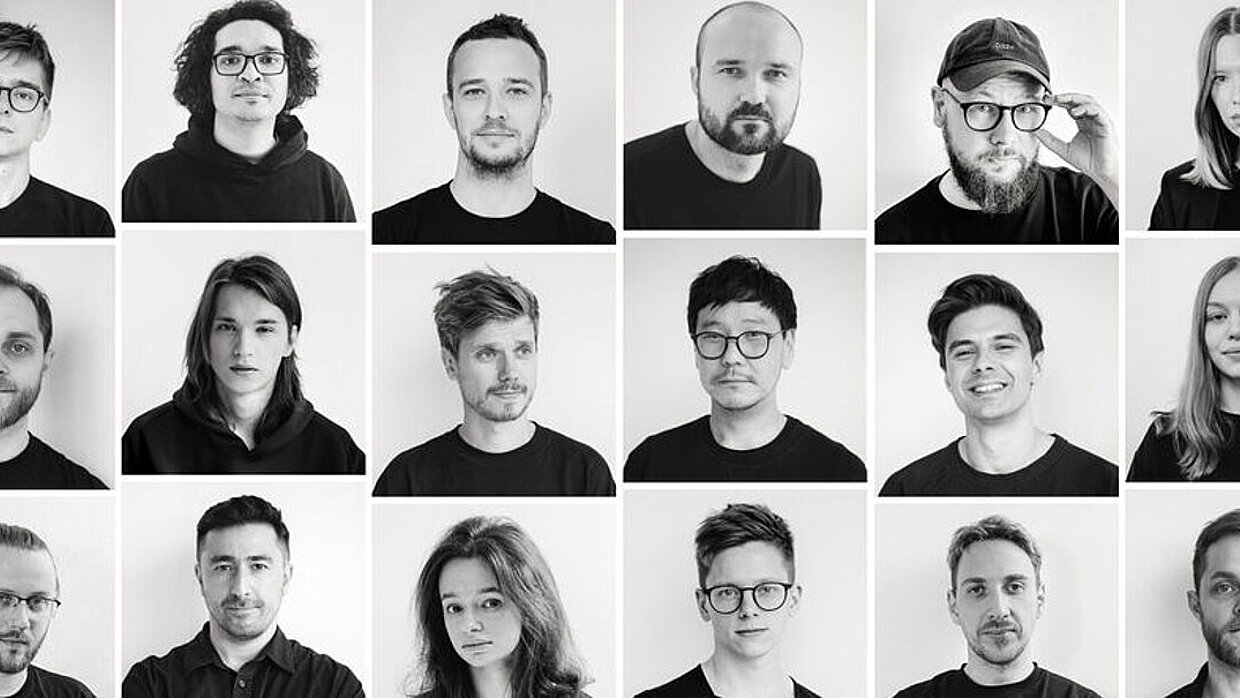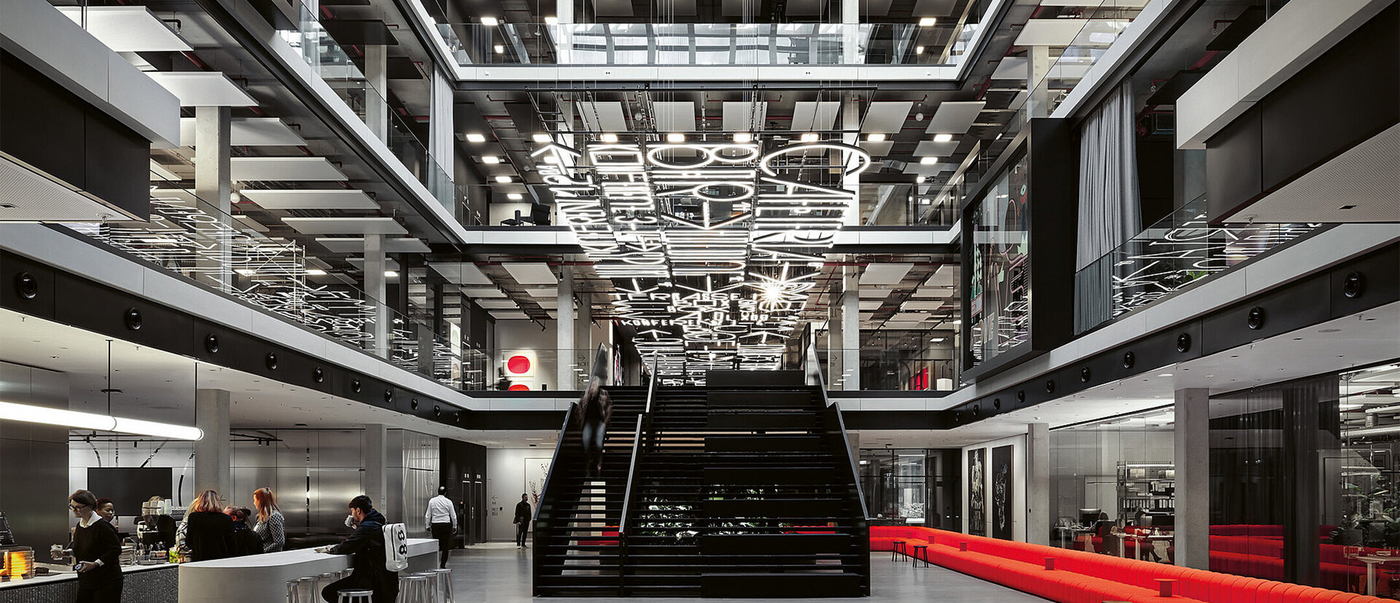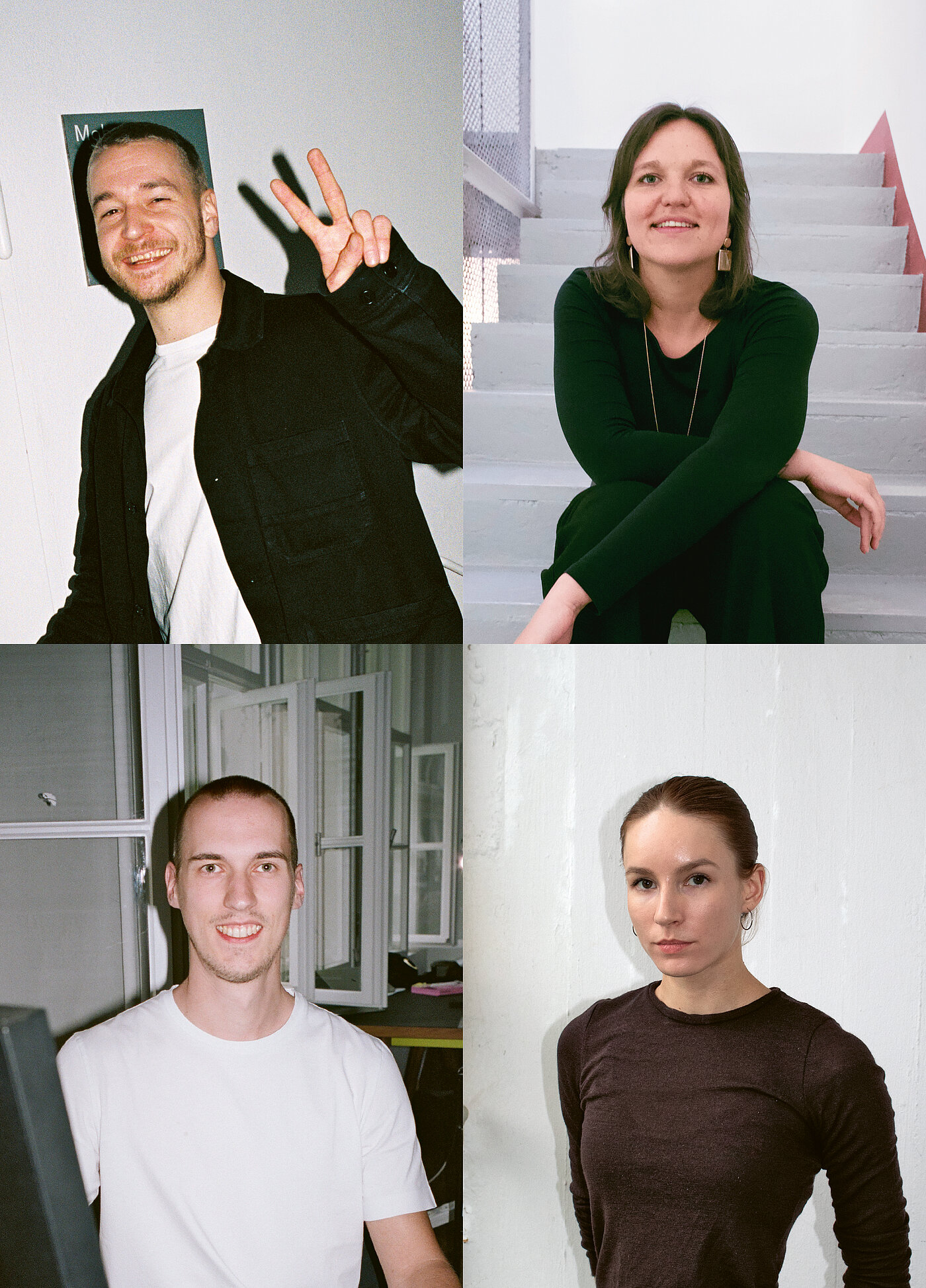
The vastness of outer space is almost incomprehensible to us humans, and yet we leave frightening traces in space in the form of constantly growing accumulations of debris. To visualise this distant but dangerous problem, Moby Digg has created a graphically expressive computer model in cooperation with Serviceplan. AI was used to scan debris data from the space monitoring company Privateer and to identify ten new constellations that illustrate the different effects of space pollution. Based on well-known star constellations, the complexity can also be understood by laypeople.
Interview with Moby Digg | SERVICEPLAN GERMANY
Red Dot: Were you personally aware of the space debris problem before this project?
Moby Digg | SERVICEPLAN GERMANY: Absolutely, I was aware that space debris was an emerging problem, especially with the launch of the Starlink satellites. As they became more visible in the night sky, the problem became more apparent. Today, there are over 5,000 Starlink satellites orbiting the Earth – that makes the scale of the challenge very clear.
The computer model visualises constellations of space debris. Can you tell us something about the development of this visualisation?
When developing the visualisation, the main focus was on realism and impact. We started with the concept of the constellations and worked closely with Serviceplan to refine the design. Our goal was to create something that not only looked visually compelling, but also conveyed the seriousness of the space debris problem. Throughout the process, we made numerous adjustments to ensure that the final product was both impactful and true to reality.
How did you come up with the idea of visualising these constellations like star constellations?
The idea came about in collaboration with Serviceplan to make the topic of space debris more engaging and tangible. By using the concept of star constellations, we wanted to create visual representations that are memorable and accessible. The “space trash signs” are modelled on existing constellations and thus make the complex topic more relatable to the general public, who may not be familiar with space topics.
Is this project an example of how AI can support creative work? Or, to put it another way, would it have been just as realisable without AI?
This project perfectly illustrates how AI can support creativity. AI enabled us to process huge amounts of data and generate realistic constellations that would have been difficult to realise manually. Although the project could have been realised without AI, it allowed us to achieve a level of complexity and accuracy that further set our work apart.

